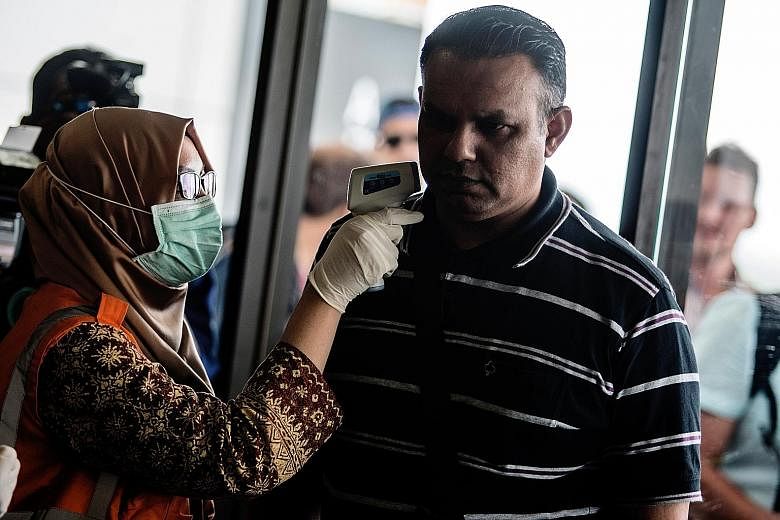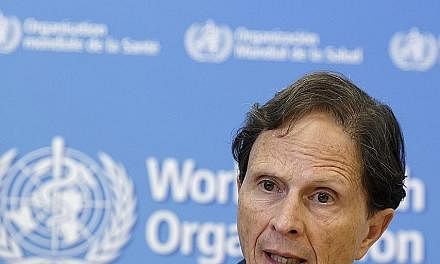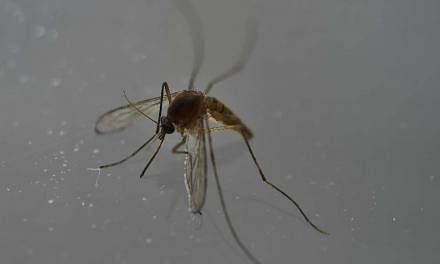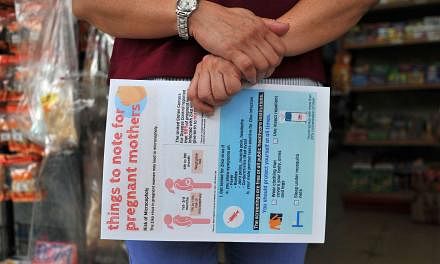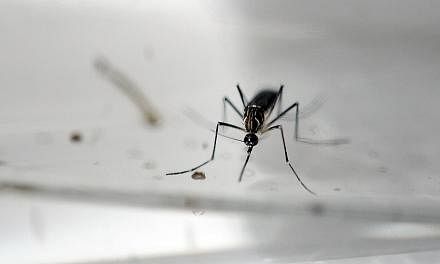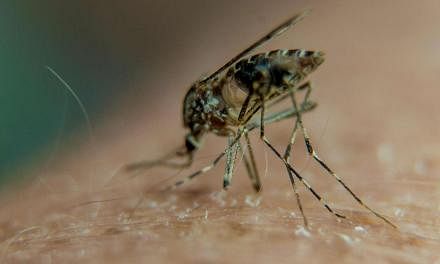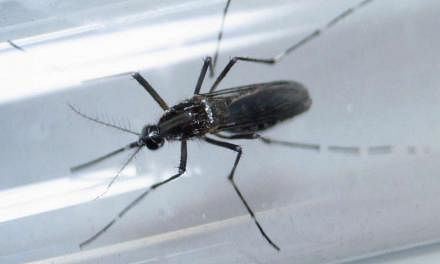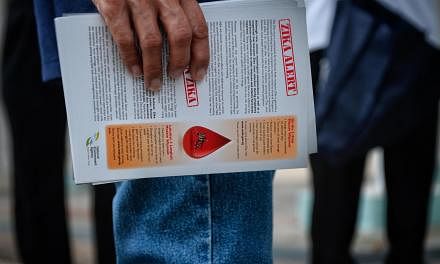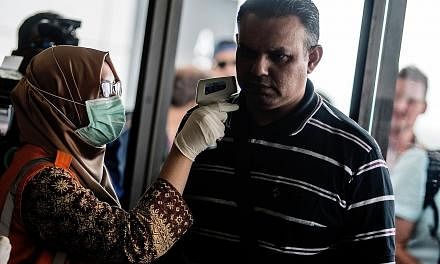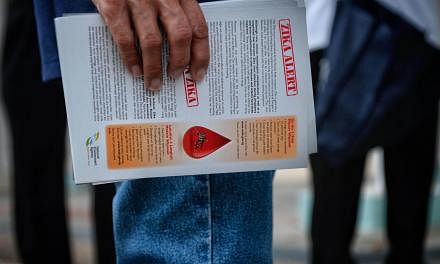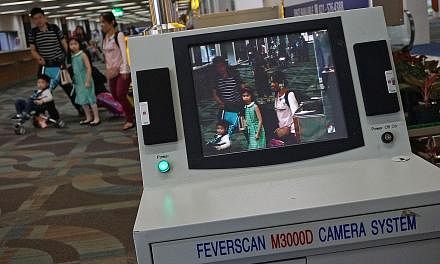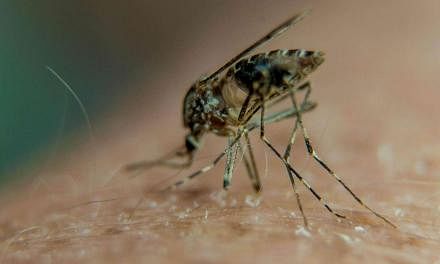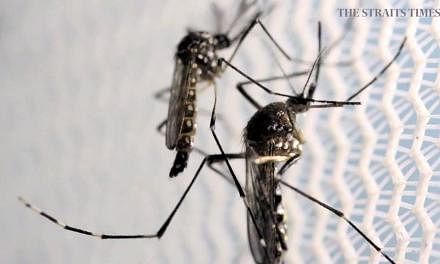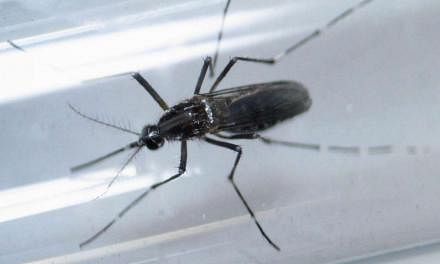PARIS • At least 2.6 billion people, over a third of the global population, live in parts of Africa, Asia and the Pacific where Zika could gain a new foothold, researchers warned yesterday, with 1.2 billion at risk in India alone.
These are people who reside in as-yet-unaffected parts of the world with the right climate and abundant mosquitoes for the virus to settle, spread and propagate an epidemic like the one besetting the Americas and Caribbean, they said.
"According to our most conservative scenario, populations living within the geographical range for Zika virus were highest in India (1.2 billion people), China (242 million), Indonesia (197 million), Nigeria (179 million), Pakistan (168 million) and Bangladesh (163 million)," said a study.
BILLIONS AT RISK
According to our most conservative scenario, populations living within the geographical range for Zika virus were highest in India (1.2 billion people), China (242 million), Indonesia (197 million), Nigeria (179 million), Pakistan (168 million) and Bangladesh (163 million).
A STUDY, on populations at risk of Zika.
This is a theoretical possibility, however. Whether or not the mosquito-borne virus would take off in any of these countries would be determined largely by a crucial unknown factor: Do the people there have immunity? Sporadic cases of Zika have previously been reported in Africa and Asia, but nobody knows whether they were widespread enough for populations to acquire resistance to the virus.
Another mystery is whether immunity to the African Zika strain would offer protection against the Asian strain currently in circulation. "If Zika immunity is widespread, introduced Zika will fizzle out fast," Dr Derek Gatherer of Lancaster University said in a comment on the study published in The Lancet Infectious Diseases.
"On the other hand, if it enters another unprotected population, we may see a repeat of what we have already seen in Brazil and other parts of Latin America."
The research team used air travel data, maps of mosquito spread and climate conditions, and information on population density and health spending to draw up an epidemiological risk model.
"As the Zika virus epidemic in the Americas intensifies and expands, hundreds, and possibly thousands, of infected travellers are now transporting the virus to distant regions of the world," the researchers wrote.
"The potential for epidemics to occur in parts of Africa and the Asia-Pacific region is particularly worrying, given the vast numbers of people who are potentially susceptible to Zika virus and are living in environments where health and human resources to prevent, detect and respond to epidemics are limited," said the paper.
In Asia, India was particularly at risk, the team found.
The study's authors "have produced a helpful guide to where our surveillance should be concentrated", said Dr Gatherer.
AGENCE FRANCE-PRESSE
